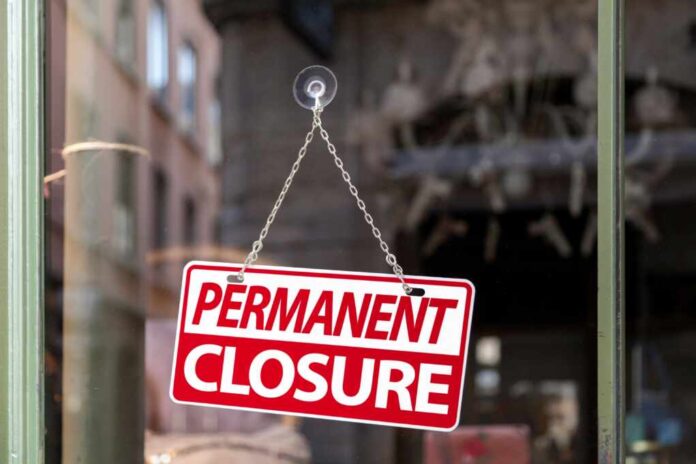
After 179 years of educating generations of South Carolinians, Limestone University will permanently close its doors following the spring semester, leaving students scrambling and faculty jobless after falling millions short in emergency fundraising efforts.
At a Glance
- Limestone University’s Board of Trustees voted to close the 179-year-old institution after failing to raise the $6 million needed to continue operations
- Despite raising $2.143 million from nearly 200 supporters, the university will cease both on-campus and online programs
- The university currently enrolls approximately 1,600 students (down from 3,200 in 2014) and employs nearly 500 faculty and staff who will lose their positions
- The closure comes amid $30 million in debt, declining enrollment, and rising operational costs
- Final commencement ceremonies are scheduled for May 3 at Fullerton Auditorium
Historic Institution Falls to Financial Pressures
Founded in 1845, Limestone University in Gaffney, South Carolina has served as a cornerstone of higher education in the region for nearly two centuries. The liberal arts school, which transitioned from college to university status in recent years, has faced mounting financial challenges that ultimately proved insurmountable. The Board of Trustees’ decision to close came after an emergency fundraising campaign fell significantly short of its $6 million goal, raising only $2.143 million despite support from approximately 200 donors including a $1 million pledge from the Fullerton Foundation.
Limestone’s financial difficulties stem from a perfect storm of challenges including sharp enrollment declines, with student numbers falling from 3,200 in 2014 to approximately 1,600 today. This decline, coupled with rising operational costs and structural budget deficits, created unsustainable financial pressures. The university’s reported $30 million debt burden further complicated efforts to right the fiscal ship, even as administrators launched the “Together for Limestone” emergency fundraising campaign in a last-ditch effort to save the institution.
Student and Faculty Reactions
The closure announcement has devastated the Limestone community, with nearly 500 faculty and staff members now facing unemployment. Current students must now navigate the complex process of transferring to other institutions to complete their degrees. University officials have stated they will assist students with these transitions, though specific details about transfer arrangements have not yet been announced. For graduating seniors, the May 3 commencement ceremony at Fullerton Auditorium will now serve as both a celebration and a somber farewell to the institution.
“Words cannot fully express the sorrow we feel in having to share this news,” said Dr. Nathan Copeland, Limestone’s president, in a statement addressing the closure.
Questions about financial management have emerged from within the university community. Emma Knapp, associated with the university, questioned the administration’s financial decisions, saying, “Why didn’t we do anything sooner? We kept spending money when we shouldn’t have been.” Professor Paul LeFrancois echoed these concerns, noting, “The problems didn’t happen overnight and they probably could have been addressed sooner.” These statements reflect growing frustration about how the university’s $30 million debt accumulated and why earlier interventions weren’t implemented.
Final Chapter for a Historic Institution
Board chairman Randall Richardson confirmed that all donations received during the emergency fundraising campaign will be returned to contributors. In his statement announcing the closure, Richardson acknowledged the profound disappointment felt throughout the university community while emphasizing the lasting impact of Limestone’s educational mission. The university had previously warned it might be forced to transition to online-only classes if funding goals weren’t met, but the financial shortfall proved too severe even for that option.
“Our Limestone spirit will endure through the lives of our students and alumni who carry it forward into the world. Though our doors may close, the impact of Limestone University will live on,” said Randall Richardson in his statement to the university community.
Limestone’s closure represents part of a broader trend affecting small private colleges across America, many of which face similar challenges with enrollment, rising costs, and increased competition. For the Gaffney community, the loss extends beyond education to include economic impacts, as the university has been a significant employer and cultural institution in the region for generations. As the final semester concludes, Limestone University will join the growing list of historic American institutions that, despite their legacy and traditions, could not navigate the financial realities of modern higher education.

























